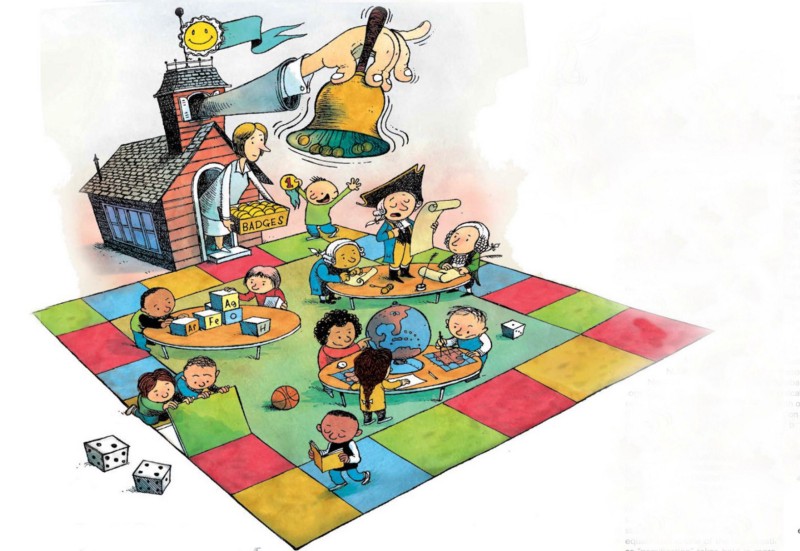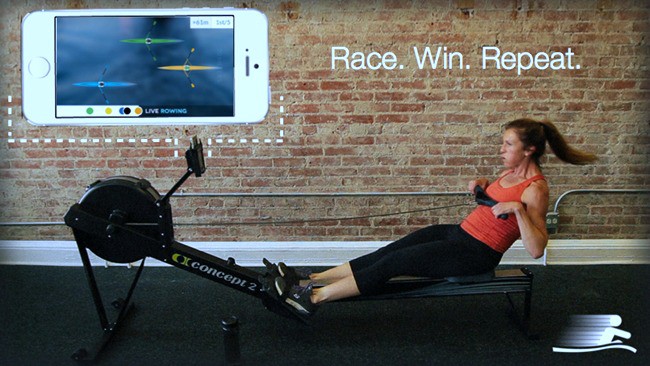
Why Gamification is Going Global
Gamification is a term that’s been sweeping through Europe and Scandinavia like wild fire, inspiring business, educational institutions and individuals alike to achieve more by making everyday tasks more rewarding… but, what exactly is gamification, how does it work, where is it used and why is it suddenly becoming so popular?
0 min read.
WHAT is gamification? Simply stated, gamification is the application of game-like elements such as points, leaderboards and awards systems to engage people and motivate them to achieve pre-determined goals. Think about all the games you’ve played in life… whether they are board games, video games or even simple games like “tag”, they all have some common features. There are rules, objectives and some type of reward or recognition for achieving the goal. Some are complex and some are simple but we all play games for generally the same reason: fun.
WHY gamify? We all face tasks every single day but what separates boring and tedious tasks from fun ones is our level of engagement, involvement and outcome of some meaningful reward. With the new advent of digital technologies, it has suddenly become much easier to turn everyday tasks into games, making many aspects of our lives more fun and interesting.
HOW can you make gamification successful? The steps for creating a successful gamification strategy are generally the same regardless of industry.
- Clearly define your goals or objectives
- Create benchmarks or indicators to measure performance
- Provide instant feedback to ensure learning and improvement
- Provide meaningful rewards and recognition for accomplishment (remember, each person is motivated differently!)
- Make it fun! The point of a game is to inspire, not force behavior.
Now, we will take a very brief look at a few ways in which gamification is used in different industries and what type of results are being achieved.
Gamification in Enterprise
Studies have shown that 70% or more of employees are disengaged from the work that they do, costing global economies billions of dollars each year. Business industries such as sales, customer service, marketing and many others face a common challenge in making work more fun and interesting in order to boost performance. Loyalty rewards programs such as Starbucks and airline frequent flyer programs are a couple of early examples but gamification is spreading rapidly into the business sphere.
Data-driven gamification has proven an extremely effective tool for several reasons. First, it makes the tedious task of data entry more rewarding and increases company transparency by creating leaderboards, celebrations and other activities on TV screens throughout offices when key tasks are completed. Second, it builds great company culture by recognizing and rewarding performance. Third, it makes everyday work tasks more fun by allowing real-time competitions based on data. For example, a company may have its sales reps compete on number of meetings booked or offers sent and reward the winner with lunch, a bottle of wine, or sports tickets. People who feel recognized are more engaged and people who are more engaged deliver better results for their employers.

Here at SalesScreen, we use gamification to help companies quickly understand their sales data and to create rewards and recognition around key business objectives. A few of the ways we do this is by visualizing sales data so that it is transparent and intuitive for managers and sales reps alike. Better understanding of data results in better performance toward the desired outcomes. Once the data is there, we make it easy to recognize outstanding performance with leaderboards, ranks, badges, sales competitions and other features that are proven to drive results and build teamwork.
When someone completes a sales activity, their name and photo will show up on TV screens throughout offices, along with details of the activity and their personal theme music. In addition, managers can set “Milestone Events” to trigger celebrations such as champagne bottles popping, balloons being released in the air or other celebrations. Users can also unlock new badges and rank levels as they go, creating a sense of progress and accomplishment which makes work more fun.
The sales competitions are also a great way to spice things up and reps can compete in teams, individually or head-to-head in “Battle Mode”. While this is just a brief overview of some of the things that our system makes possible, I hope that it gives a better understanding of how gamification can be used in Enterprise. By setting goals, creating benchmarks or KPIs, providing feedback, and then using fun rewards to recognize performance, gamification can greatly improve the way your company conducts its sales processes.
Gamification in Education
When you were a kid, maybe you got a gold star on a chart or small rewards for completing homework, scoring well on tests or submitting assignments on time. These small rewards provided feedback on performance and also made it more rewarding to do tedious tasks like book readings or homework. Gamification simply makes this much easier for educators.
Many K-12 schools and even some colleges and universities are turning to gamification as a way to track performance, identify aptitude, provide rapid feedback and challenge participants to learn more. Because gamification is digital, it is also a brilliant way to help young children adapt to using technology quicker. Some original examples of gamification of education include: Carmen Sandiego and Oregon Trail. As technology advances, however, many companies are developing new and better ways of gamifying the classroom and are witnessing quite incredible results as students find it more fun to learn.

Gamification in Health and Fitness
If you’ve ever used a Fitbit or certain Nike+ technologies, you’ve participated in gamification. Everyone wants to stay fit and healthy, but sometimes we lack the inner motivation or self control to really follow through. Gamified apps are now making it easier for people to track nutrition goals, exercise, and even quit smoking. By using rewards and points to provide feedback on performance, millions of people are taking traditional fitness programs digital. In fact, if you’ve ever watched the TV show “The Biggest Loser”, then you have seen some ways in which points, leaderboards and rewards are being used to turn fitness and nutrition into a game.

Summary
There are many more industries using gamification and many more examples of why it is becoming such a popular strategy but the bottom line is: it works. Simply put, modern gamification combines digital technology with data to provide feedback, rewards and fun. As we enter into an age where the majority of employees are digital natives, raised with technology and apps from an early age, we will continue to see a demand for increased fun and engagement in every aspect of life. Those who fail to adopt to this quickly growing trend will find themselves lagging behind and in this modern age, gamification will prove to be much more than just a “game”.







